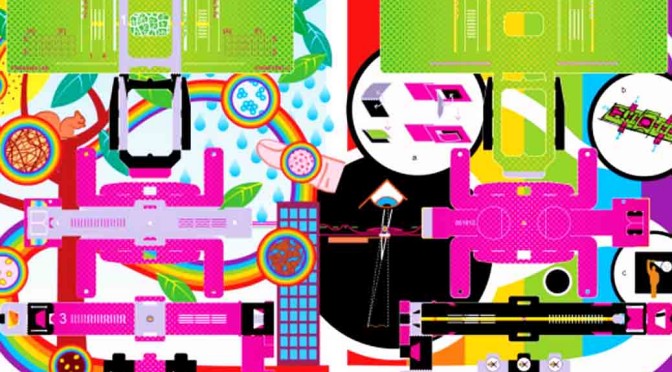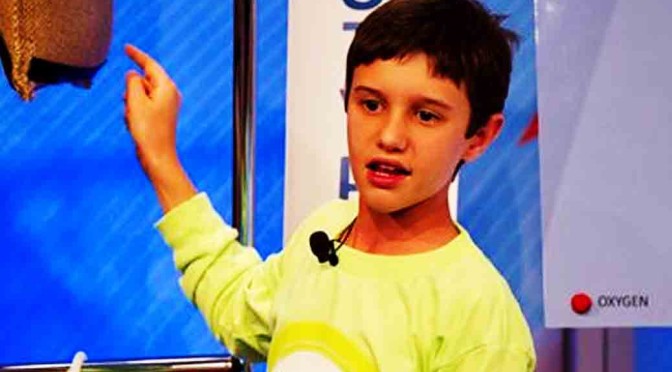By Anupum Pant
Background
While doing my daily rounds on the internet today, I came across this awesome piece of modern engineering – An extremely durable and disposable microscope made out of paper and very tiny ball lenses. I saw it first on a Ted talk that I’ve attached below. Ingenious I say!
What’s new?
Microscopes are no longer those sensitive, bulky and costly instruments which were used to observe tiny life forms. These engineers have changed the age-old definition of the microscope. The fold-able paper microscope or foldscope is an origami microscope that weighs just 9 grams and is designed by a Manu Prakash, a Bioengineer professor and his team from Stanford. Instead of costing thousands of dollars, this ingenious origami microscope costs less than a dollar and is set to transform the way people use microscopes.
Besides being light, cheap and foldable, the microscope is water proof, durable to the extent that it can be dropped from the top of a building without getting damaged, does not require any external power, provides a 2000x magnification, can be assembled by a first grader in ten minutes, is easy to carry and is absolutely flat! What more can we ask for!
It can even project the image of bacteria on your wall. How cool is that! I bet your lab microscopes can’t do that.
It is set to transform the lives of those billions of people living in the developing countries. The piece of engineered paper will change the speed and accessibility of medical diagnosis in the poor nations.
Material and actual cost
Well, as the heading tells you it is a 50 cent microscope, not really. It costs only a little more than that. Still, it costs lesser than a dollar – about $0.97. Here is the material cost break-up:
- Tiny Spherical lens: $0.56
- 3V button battery: $0.06
- LED light: $0.21
- and a couple of other things like tape, paper and switch: $0.14
- Total: $0.97
Beta testing: The team is currently looking for beta-testers for Foldscope. They’ll choose 10,000 people who would test it in a variety of settings and would help them generate an open source biology/microscopy field manual. See “Ten Thousand Microscopes signup” for details.
It reminds me of
The incredible cheap microscope discussed above is new and very precise. Until recently we didn’t have that. DIYs on the internet taught us to construct (not really) not-so-accurate microscope setups at home using a laser pointer.
All you were supposed to do is point the laser pointer through a suspended drop of bacteria infested water (or other clear liquids).This is how I toyed around (I still do) with a laser pointer to see hazy pictures of possible micro-organisms:
Did you like this article?
Every day I send out a newsletter with an un-cut new article and exclusive content for readers. It’s basically my way of keeping in touch with you and letting you know what’s going on. Your information is protected and I never spam.
Subscribe from the sidebar to stay connected. Feel free to reply to these newsletters too…

